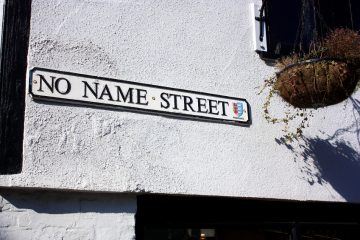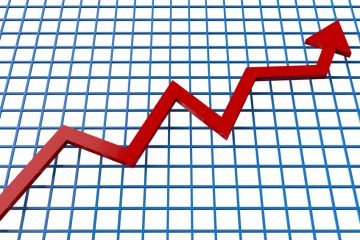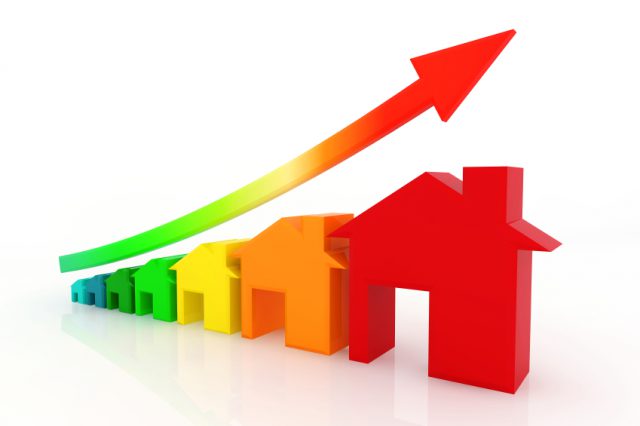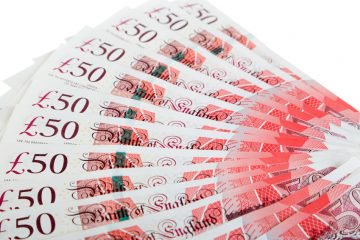The Most Expensive and Cheapest Road Names in the UK
Ever wondered where the most valuable homes are found? On roads with the word Warren in their name apparently!
These properties cost an average of £607,267 – more than double the typical house price in the UK of £282,978, according to Zoopla.

The Most Expensive and Cheapest Road Names in the UK
Other pricey homes can be found on roads including the words King, Queen, Prince or Princess.
Zoopla has analysed more than 28m properties in the UK to find the most expensive and cheapest road names.
The cheapest properties have Street in their address and are worth an average of £184,722, followed by homes on roads with Court or Terrace in their name.
The majority of homes – around 2.1m – have the word Road in their address, while more than one million properties are in roads with Street in their name.
The property portal’s Lawrence Hall comments: “The saying goes that the three most important factors in buying a house are location, location, location; our research shows that even the road name you choose can make a difference to how much you can expect to pay when finding a property.”1
Here are the most expensive and the cheapest property prices, based on road name:
- Warren – £607,267
- Chase – £482,867
- Mount – £390,500
- Path – £389,732
- Park – £384,809
- End – £381,933
- Green – £363,348
- Way – £358,981
- Hill – £354,301
- Lane – £342,059
- Gardens – £340,461
- Paddock – £320,984
- Walk – £319,926
- Rise – £307,965
- Lawns – £302,760
- Place – £293,403
- Road – £292,403
- Grove – £289,385
- Drive – £286,098
- Parade – £275,766
- Square – £272,614
- Nook – £270,511
- Close – £268,957
- Crescent – £265,055
- Pastures – £262,060
- Avenue – £261,850
- Meadows – £252,000
- Row – £233,778
- View – £207,641
- Terrace – £194,403
- Court – £194,172
- Street – £184,722








